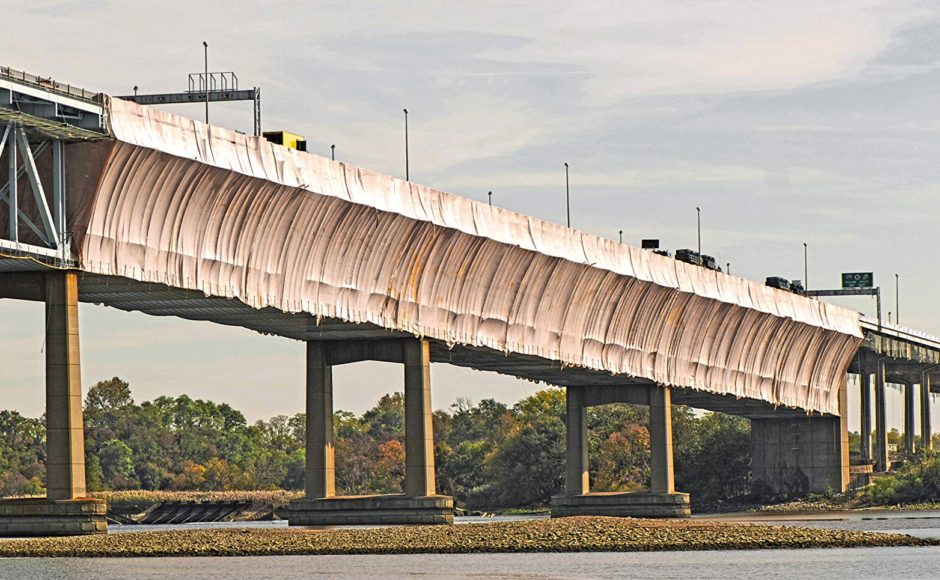There are some considerations to make when designing a bridge. The success of the entire process is dependent on the experts you hire for the job.
For example, an ideal site for your bridge doesn’t exist. That’s why you need to engage Bridge Brothers Inc. to help develop the bridge.
In your design exercise, you need to select the best and ideal site. That’s the only way to make sure the investment doesn’t go to waste.
These are some factors to consider when choosing your ideal bridge site.
Connection with Roads
Are you planning to design a bridge? Does it have a good road connection? A good bridge must have a good road connection on both ends.
Further, the beds or ends of these dams or rivers need to be dry and hard. In that way, they’ll be able to support the entire bridge.
Sturdy Embankment
If you want your bridge to be sturdy, ensure it has a dam on its ends. Ensure they are active either upstream or downstream.
Ensure the expert makes it stable, strong and permanent. It should also be straight and highly defined.
The engineers should ensure that the embankment won’t be disturbed during high tides and floods. Otherwise, the entire investment will be destroyed when it rains.
Foundation
You can’t have a sturdy bridge if its foundation is weak. At the riverbeds, ensure the foundation is strong. It should also have a reasonable depth to facilitate the substructure.
Also, the team should analyse the soil to ensure it’s of good quality. If not, they need to advise you on how to erect a strong foundation.
Labour and Materials
When building a bridge, you can’t compromise on labour and materials. High-quality materials are necessary to ensure the structure lasts for a more extended period of time.
Where possible, ensure that these crucial inputs are readily available near your site. In this way, you get to keep the transportation cost of labour and materials at the bare minimum.
So, if you have plans to construct a sturdy bridge, this will help you save on costs. As such, you need to research how to get labour and materials near your site.
The Flow of Water
When designing a bridge, you can’t ignore the flow of water. The centre line of your deck needs to be perpendicular to this flow.
In technical terms, they are known as square crossings or right-angle crossings. In most cases, it is known as the regular crossing.
But how do you measure the flow of water? By having these pointers in mind,
- Ensure the river has a smooth flow of water.
- The arrangement of the return wall and segmental wing needs to be perfect. That’s the only way to avoid cross currents.
- A typical crossing allows for the shortest length of the bridge, and it spans. The piers too will be at the minimum distance.
- The cost of constructing natural bridges is favourable once compared to that of skew bridges.
It’s important to know that the depth of any bridge foundation depends on its design.




